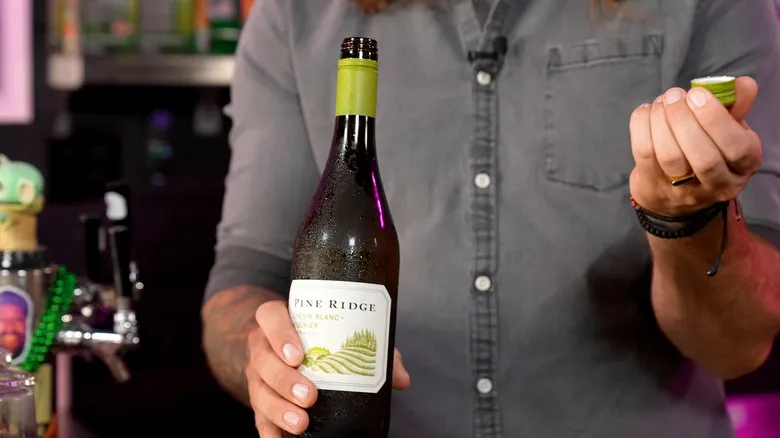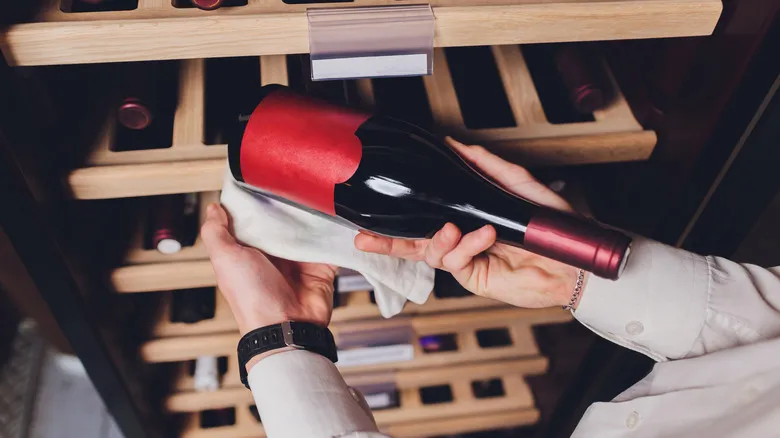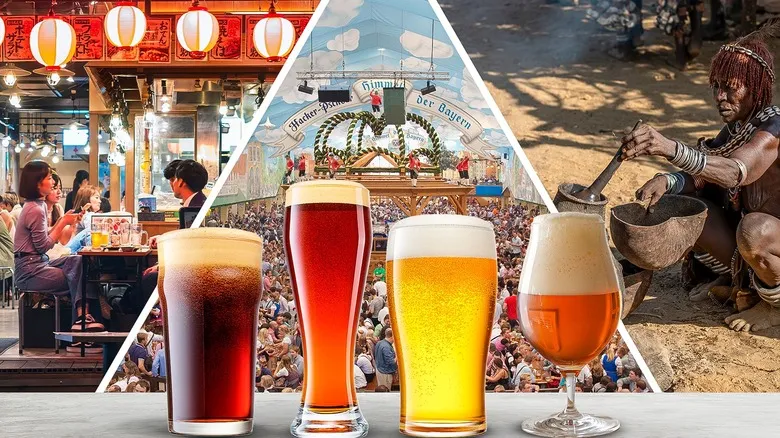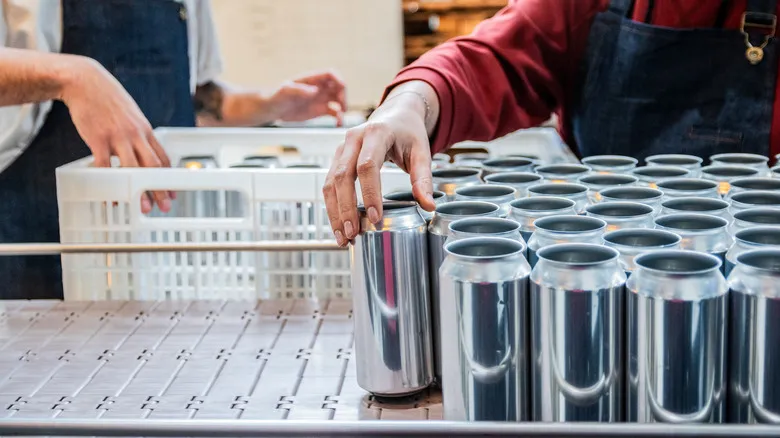Red wine should be stored cooler than room temperature

The reality is that room temperature can differ from person to person, and it’s often too warm for an optimal red wine experience. "Many red wines are best enjoyed at temperatures between 55 and 65 degrees Fahrenheit," Lockwood explains. However, he emphasizes that temperature is not the only factor in wine storage; humidity plays a crucial role as well. "The ideal humidity level is around 70%."
This specific temperature and humidity range helps keep the cork moist. It's important to avoid storing wine bottles upright, as this can dry out the cork. If the cork dries, air can seep into the wine, leading to oxidation and negatively affecting the flavor. This is why wine bottles are often stored at an angle on shelves—when tilted, the wine remains in contact with the cork, helping to keep it damp.
If you open a bottle of wine but don’t finish it, Lockwood recommends using an airtight stopper with a wine pump. "This creates an artificial cork that reseals the wine and removes oxygen, preserving the flavors." He advises consuming opened red wine within five days. If you lack a temperature-controlled storage area at home, Lockwood suggests keeping red wine in a cool place away from direct sunlight. Avoid the temptation to store it in your regular refrigerator, as that can alter the wine's characteristics. A properly stored, unopened bottle of vintage red wine can last virtually indefinitely.
White wines should be stored at cooler temperatures than reds

Lockwood emphasizes that you shouldn't overlook bottles of white wine with screw caps. "Many people perceive [screw caps] as inexpensive and unrefined, but I believe they effectively maintain the wine's quality," he explains. Additionally, white wines generally have a shorter shelf life compared to reds. "The ideal aging period is typically one to three years," he points out, although this can vary based on the vintage and variety.
He recommends keeping your white wines at a temperature between 45 and 50 degrees Fahrenheit and advises against storing them in a standard refrigerator. Once opened, white wines can last about as long as red wines. "I think one to three days is optimal, but most white wines can last three to five days — they will retain their flavor integrity." If your wine has a cork instead of a screw cap, remember to store it at a downward angle to prevent the cork from drying out.
Sparkling wines can be stored the same way as white wines

Since sparkling wines are essentially bubbly versions of white wine, they can be stored using the same methods. "Store it in a cool place away from sunlight, and be sure to chill it for about 30 to 45 minutes before serving," advises Lockwood. This will bring it to the optimal temperature for white wine, enhancing its flavor. "I truly believe this improves the experience with the carbonation and overall mouthfeel," he adds.
The downward angle storage technique is also applicable here. Lockwood suggests using a Champagne wine cage for any leftover sparkling wine to prevent excess oxygen from entering. The term "wine cage" typically refers to the wire frame that secures the cork on unopened Champagne bottles, but once the bottle is open, it's best to use a reusable wine cage or a Champagne stopper that creates a seal.
When the wine cage is clamped onto the bottle, the carbonation inside increases the pressure, causing the stopper to expand and form a tight seal. While this won't eliminate any existing oxygen, it allows your bubbly to be ready for a perfect pour for up to five days. However, for the best flavor and texture, it's recommended to consume it within one to three days.
Avoid common storage myths, keep the cork moist, and be mindful of temperature — and you'll enjoy a delightful sip of leftover wine every time.
Recommended

The Temperature Mistake You're Making With Red Wine

The Discontinued Beer You Forgot Budweiser Once Made

8 Beer Drinking Traditions From Around The World

Why So Many Craft Beers Sell Their Products In Tallboy Cans
Next up
